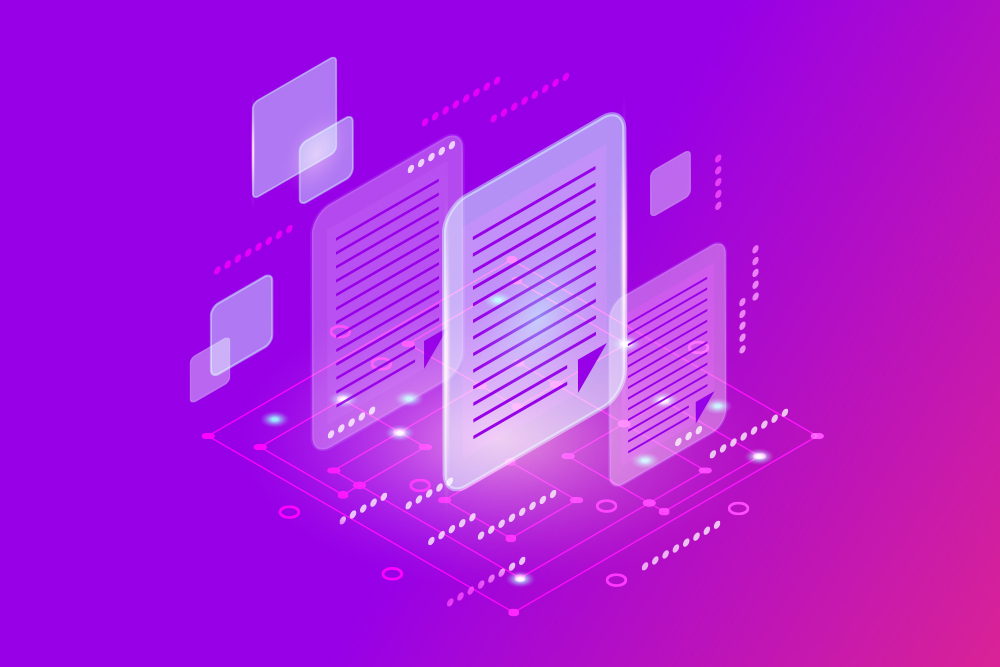Obstacles for Procurement Technology Innovation
Despite solving a multitude of problems, procurement technology is not always welcomed with open arms. Procurement is a department that is often overlooked and thus, is the last to update legacy systems. People get too comfortable with workflows, and resist change.
However, the time has come to evolve with the changing technological landscape, and leave risk in the dust. This calls for a methodical and strategic plan for rolling out new technology, while ensuring everyone is onboard, and customers remain satisfied.
It starts with identifying the challenges to implementing new procurement tools, the drivers of change, and the modern solutions available right now.
Obstacles for Procurement Technology
Allocating Resources
Procurement often has to fight for IT resources and getting them allocated is difficult. Since procurement is often seen as a non-revenue-driving function, it gets a lower priority to other business functions. Procurement needs to come to the allocation fight with a well-designed business case that demonstrates the bottom-line impact of technology improvements to compete with flashier initiatives.
Deployment
Deploying any new form of technology can be daunting and burdensome. The concept of automation often sounds good on paper, but when it comes time to implement, there can be a lot of opposition, especially if the technology you have chosen isn’t part of the existing IT “stack” or list of existing software.
Most CIOs want to harmonize their IT assets to minimize the number of technology systems they have to manage, so they often choose the suite approach for software over best-of-breed. Procurement teams need to fight for the right choice of technology rather than the one with the least internal resistance. Be ready to defend the reasons that your chosen automation technology is better than the “old way.”
Risks
Procurement departments are conditioned to avoid risk, and new technology seems inherently risky. Onboarding a new supplier takes time, and working with newer technology suppliers may challenge your existing risk and audit processes. It’s vital to compare the risk of new technology to the risk of doing nothing, though. You can reduce the risk of purchasing new technology by documenting your requirements and illustrating how a technology solution addresses them, and ensuring contractual commitments from the technology supplier that protect your organization if the rollout is unsuccessful.
Additional Challenges
- Demand for a user-friendly environment
- Lack of time permitted to learn a new system
- Perceived loss of control
Post Adoption
Additional challenges can also emerge once procurement software has been implemented. The full capabilities of the system are often not realized by users. Specific reporting functionality is not always available. There can also be data validity issues and a high supplier interface cost.
Modern Procurement Solutions
Change management is only successful for procurement departments when you’re offering the right tools, and solving clear problems. Leaders must continuously adapt to changing times, innovations, and pressures. The technology chosen should be keeping up with teams, not slowing them down, but it’s most important to articulate the “why” internally and externally. What specific problem is the technology going to address? What is the impact on the bottom line? What is the cost of doing nothing, and the risk to the business if procurement isn’t future-ready?
Modern solutions are emerging that handle all types of specific tasks. Digital procurement applies disruptive technologies to enable more predictive sourcing, automate the P2P process, and make supplier management a proactive system. If you can articulate the impact this will have on your organization as a whole, and ensure adjacent teams understand “what’s in it” for them, you can go forward with allies into the implementation process.
Advanced spend analytics will go as far as to show procurement exactly where savings are hiding, quantify them, and recommend ways to maximize the impact of different sourcing strategies. It’s akin to having a crystal ball on your desk. Charts and graphs that show the clear savings opportunities - even examples - can illustrate the opportunity in a visual way that makes the case clear.
Artificial intelligence and machine learning drive operating efficiencies and enable procurement teams to scale. They have more time to focus on the trusted advisor journey to better engage with business lines and stakeholders.
Modern procurement solutions will integrate seamlessly with your tech stack and are flexible enough to grow with you as the tech environment evolves. It allows innovative procurement leaders to push the envelope, remain relevant, and meet real-time business demands. Often, these newer technologies require very little hands-on effort from IT departments, and implementation does not present the burden it did in the past. Best-in-class new procurement technologies can be rolled out in weeks or months rather than the years it used to take in the past.
In conclusion, procurement leaders should expect a rapid change in pace moving forward, as growth becomes exponential in the landscape of tech. Companies that adopt these solutions early on have the opportunity to execute main missions with radically greater insight and efficiency.
Procurement is filled with innovators who are flexible and adapt easily to change. New technology should always work alongside efforts, and not hinder them. Look for a system that’s easy to use, has excellent reporting capabilities, and focuses on total visibility, and articulates the benefits those features bring to the entire organization, not just to procurement itself.





